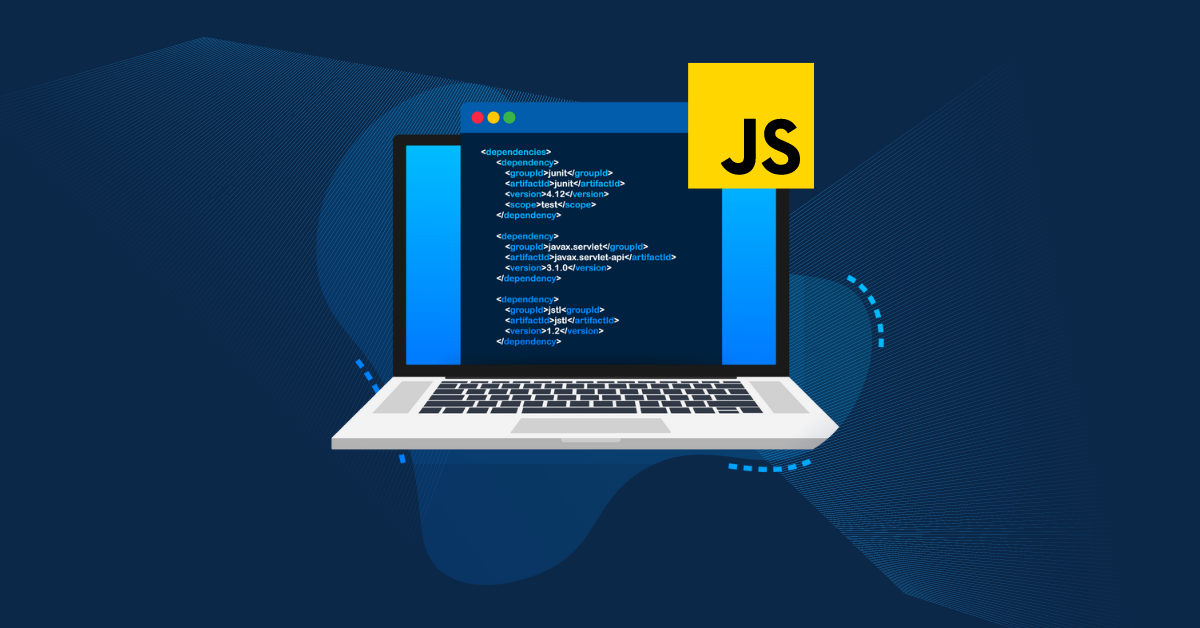As we progress through 2024, the landscape of programming languages in web development remains dynamic. Python, PHP, and JavaScript continue to lead the charge, each serving unique roles in the development stack and offering distinct advantages. Despite the emergence of new languages and frameworks, these three stalwarts maintain their dominance, shaping the way developers create, innovate, and optimize the web.
In this overview, we’ll explore why Python, PHP, and JavaScript remain so popular in web development, the trends surrounding their usage, and how they meet the demands of modern web applications.
1. Python: The Power of Versatility and Community Support

Python has seen a significant rise in popularity, not only in web development but also in data science, artificial intelligence, and automation. Known for its simplicity, readability, and extensive library ecosystem, Python has become a go-to language for web developers who want to build scalable, flexible, and data-driven applications.
a. Frameworks: Django and Flask
Django and Flask continue to be the primary Python frameworks for web development, each catering to different needs:
- Django is a high-level framework that promotes rapid development and clean design. With features like ORM (Object-Relational Mapping) for database management, built-in authentication, and templating engines, Django is ideal for building complex applications quickly. Many developers appreciate Django’s opinionated structure, which provides a clear framework to work within, making it ideal for large-scale applications.
- Flask offers a micro-framework approach, allowing more flexibility and customization. It’s lightweight and modular, making it suitable for small applications or as a basis for more extensive systems. Flask’s flexibility attracts developers who want greater control over components and prefer to build applications with only the essentials.
b. Integration with Data Science and AI
Python’s popularity in data science, AI, and machine learning has a ripple effect on web development. Many web applications today are data-centric, requiring real-time analytics, machine learning models, or sophisticated data visualization. With libraries like Pandas, NumPy, TensorFlow, and Scikit-Learn, developers can build intelligent applications that process large datasets, perform predictions, or offer personalized experiences. This capability has made Python a top choice for developers working on data-driven web applications, from e-commerce to healthcare.
c. Trends in Python Usage for Web Development
The demand for Python-based web applications is expected to grow, particularly in sectors like healthcare, finance, and education. Python’s readability and straightforward syntax make it accessible for new developers, ensuring a steady flow of talent into Python-centric projects. Additionally, Python’s strong community support provides extensive resources, tutorials, and libraries, making it easier to troubleshoot and maintain Python-based applications.
2. PHP: Resilient and Evolving
Despite predictions of its decline over the years, PHP continues to play a pivotal role in web development. Many popular content management systems (CMS), including WordPress, Joomla, and Drupal, are built on PHP, making it an essential tool for building and maintaining a significant portion of the internet. In fact, WordPress alone powers over 40% of websites globally, attesting to PHP’s staying power.
a. Modernization with PHP 8
PHP 8, with features like the Just-In-Time (JIT) compiler and enhanced performance, has reinvigorated PHP. The JIT compiler improves PHP’s speed, bringing it closer to the performance levels of languages like Java and C++. This performance boost makes PHP a more attractive choice for modern applications that require efficient execution and scalability.
b. Laravel: The PHP Framework for Modern Development
Laravel has become the most popular PHP framework, introducing elegant syntax, powerful tools, and modern features that appeal to developers looking to create dynamic web applications. With features like Eloquent ORM, Blade templating, and RESTful routing, Laravel simplifies many development tasks, allowing developers to focus on building innovative features. Laravel also has a strong developer community and ecosystem, with tools for everything from authentication to database management.
c. Trends in PHP for E-commerce and CMS
PHP remains a top choice for e-commerce platforms, content management systems, and web applications that require quick development and deployment. With frameworks like Magento and WooCommerce (a WordPress plugin), PHP remains the backbone of countless online stores, from small businesses to major brands. The continued reliance on PHP for CMS-based websites, combined with the modernization efforts seen in PHP 8, suggests that PHP will remain relevant in 2024 and beyond, particularly for content-heavy and e-commerce applications.
3. JavaScript: The Backbone of the Modern Web

JavaScript is unparalleled in its dominance over web development. As the only language that runs natively in browsers, JavaScript is fundamental for building interactive and dynamic web pages. Its ecosystem has grown to include a multitude of frameworks and libraries, making it suitable for both client-side and server-side development.
a. Front-End Frameworks: React, Vue, and Angular
React, Vue, and Angular continue to lead the way in front-end JavaScript frameworks, each bringing unique strengths to the table:
- React is a library maintained by Facebook, known for its component-based architecture and Virtual DOM. It’s widely used for building single-page applications and complex user interfaces, particularly in large-scale applications with real-time data needs. React’s popularity is partly due to its extensive ecosystem, which includes tools like Redux for state management and Next.js for server-side rendering.
- Vue is loved for its simplicity, flexibility, and performance. It has a smaller learning curve than React or Angular, making it an ideal choice for startups and smaller projects. Vue’s flexibility allows developers to adopt it incrementally, incorporating it into projects as needed.
- Angular, maintained by Google, is a robust framework suitable for large enterprise applications. Angular’s opinionated structure and extensive tooling, including TypeScript support and dependency injection, make it ideal for developing complex, feature-rich applications that benefit from strong type checking and maintainable code.
b. Node.js for Server-Side Development
JavaScript’s versatility extends to the server-side with Node.js. By allowing JavaScript to run on the server, Node.js enables developers to use a single language across the entire stack. This has made full-stack JavaScript development increasingly popular, reducing the complexity associated with managing multiple languages and enabling code reuse between the client and server.
Node.js is especially well-suited for applications that require real-time capabilities, such as chat applications, online gaming, and collaborative tools. The asynchronous, non-blocking nature of Node.js allows for handling multiple connections efficiently, making it ideal for scalable, high-performance applications.
c. Trends: JavaScript’s Expansion into Mobile and Desktop
JavaScript frameworks like React Native and Electron are allowing developers to use JavaScript beyond the web. React Native enables cross-platform mobile development, while Electron allows JavaScript to power desktop applications. This expansion positions JavaScript as a universal language capable of building applications across platforms, further solidifying its place in the development landscape.
Cross-Sectional Trends in Web Development: The Role of Python, PHP, and JavaScript
The concurrent use of Python, PHP, and JavaScript within many organizations highlights a trend toward multi-language stacks, where each language serves a specific purpose. This approach enables teams to leverage the unique strengths of each language. For instance, a modern web application might use:
- Python for data processing, machine learning, and backend logic (particularly with Django or Flask).
- PHP for content management or e-commerce solutions, thanks to frameworks like WordPress or Laravel.
- JavaScript for front-end interactivity and server-side processes with Node.js, creating a dynamic and seamless user experience.
This combination maximizes flexibility, performance, and functionality, especially for applications that require rich user experiences, efficient data processing, and dynamic content management.
RELATED ARTICLE
Conclusion
In 2024, Python, PHP, and JavaScript continue to dominate web development, each contributing essential functionality to the modern tech stack. Python’s versatility and integration with data science, PHP’s resilience and evolution, and JavaScript’s ubiquity in front-end and server-side environments make them irreplaceable tools for developers. As web applications continue to grow more complex and data-driven, the demand for developers proficient in these languages is likely to increase. Each language’s strong community, robust frameworks, and continuous improvements ensure that they will remain at the forefront of web development for the foreseeable future.

